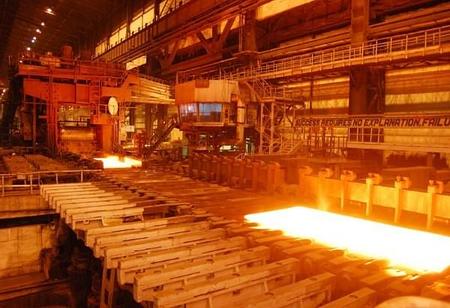Stressed steel plants bought under the Insolvency and Bankruptcy Code (IBC) resolution process in India are seeing faster returns. Despite pandemic-linked blips, indigenous demand outlook remains strong, helping acquirers build utilisation levels, as per rating agency CRISIL.
The steel plants acquired via IBC process comprise Bhushan Steel, Essar Steel, Electrosteel Steels, Monnet Ispat & Energy Ltd and Bhushan Power & Steel.
The ongoing steel upcycle would also mean stronger-than-expected realisations over the medium term.
Subsequently, acquirers may see about 20 per cent faster payback and are well set to tap the brownfield potential housed under these assets.
The five stressed steel capacities, totalling 21 million tonne (MT), were acquired mostly by other major steel producers.
These assets accounted for 70 per cent of total financial declares resolved or liquidated under IBC in the steel sector till March 31, 2021. They had total financial creditor claims of Rs.1.7 trillion.
These were resolved under the IBC process between financial 2018 and 2021 with almost 60 per cent of the total claims paid by the acquirers.
For acquirers, the debt inherited via acquisition turned sustainable after the haircuts. Also, turnaround in operational performance led by enhanced efficiency was the key for a reasonable payback period of around six years, given average domestic steel prices of approximately Rs 39,000 per tonne in financial 2018.
Expectedly, the acquirers have been able to turn these capacities around — utilisation rates enhanced from 65 per cent in fiscal 2018 to more than 80% by the end of fiscal 2021 — riding on operational debottlenecking, improved raw material sourcing, access to working capital and strong managerial oversight.
A bigger advance, though, has come from the current steel upcycle. Global steel prices have rallied strongly driven by strong demand and higher iron ore input costs because of supply tightness.
Indigenous steel prices, which are driven by the landed expense of imports, have also witnessed a similar surge – at 15 per cent higher in fiscal 2021 compared with financial 2018.
Manish Gupta, senior director, CRISIL Ratings, articulated domestic iron ore prices have increased. But a combination of higher steel prices and better utilisation rates, with operational debottlenecking, lifted operating margins for the acquired assets from closely 13 per cent in fiscal 2018 to around 22 per cent last fiscal. This is likely to be even stronger at around 30% this fiscal.
Despite some moderation, global prices could hang about well above 2018 levels even coming year. That is chiefly due to China’s continued focus on reducing carbon emissions, which should keep a leash on global steel supply. The upshot of all this is that paybacks for acquirers of the stressed assets would reduce by up to 20 per cent, from around six years to less than five years, CRISIL added.
